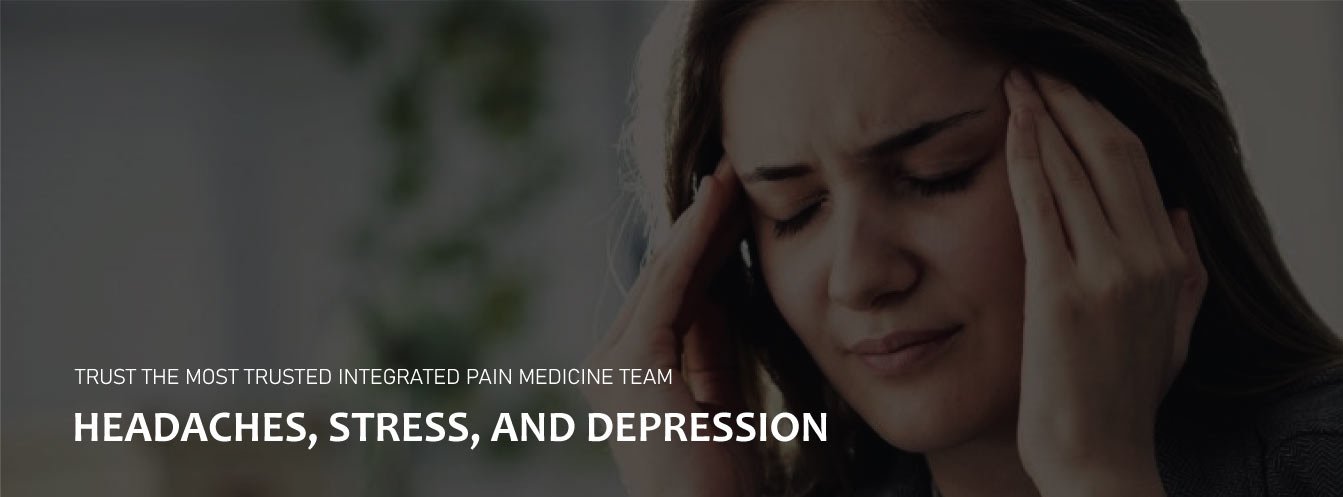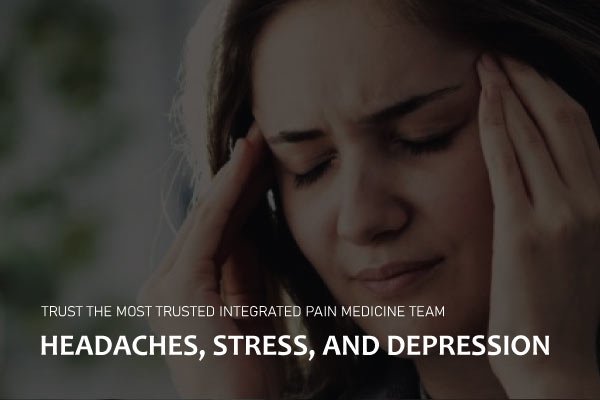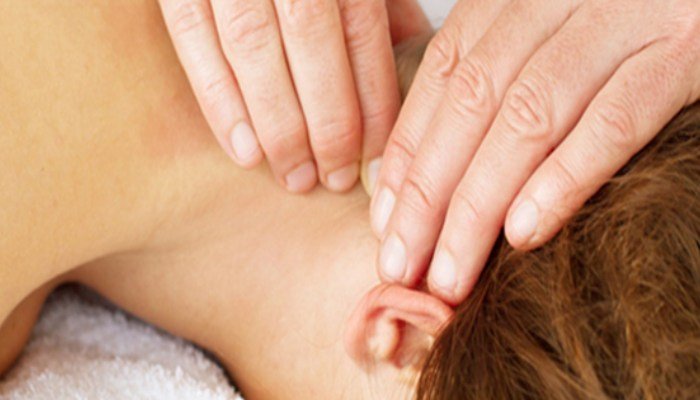


HEADACHE AND MIGRAINE
Osteopathic non-invasive manipulation (OMT) is characterized by precise non-invasive manipulative or thrust techniques to reduce stress on the spine which can cause headaches, migraine, neck pain, jaw pain, eye, and facial pain.
Untreated and poorly maintained cases lead to self cracking of neck at a regular interval, which is not only risky but after a certain time fails to give any relief. Constant pain and discomfort lead to depression, anxiety, sleep problems, and dependence on medication are common results of recurrent migraine and headaches.
As there is no definitive treatment available for this, a good osteopathic and manipulative medicine approach is the easiest way to deal with the headaches and migraines by regular exercise and posture correction. The treatment might be a short term or long term. Clinically, it has been found these treatments are typical of long-term care in nature and need a very disciplined approach. The patients who have had proper treatments have extremely benefitted as they experience fewer relapse or decrease in pain intensity.

HEADACHE
Headaches are the result of tension in the neck or head. The pain is moderate and won’t impact on your daily life in the same way as a migraine headache will. Tight muscles in the shoulders, neck and jaw can become so tight that they start to refer pain causing the headache. In some cases, the pain can be so intense that it can present like a migraine including nausea and vomiting.
Neck pain, in particular, is characterized by cervical muscle tenderness that presents as a common symptom of primary headache disorders.
1. Tension-type headache (TTH) is the most frequently experienced kind of headache that may involve tension in the head, neck, and face, among other areas. Tension: Dull aching sensation at the back of your neck, shoulders and scalp. Pain typically occurs at the same time each day and aggravated by stress.
2.Cervicogenic Headache: Head, neck, and facial pain may also arise from bony structures in the soft tissue of the neck. The pain of a cervicogenic headache is likely referred from muscular, neurogenic, osseous, articular, or vascular structures of the neck. Sub occipital headache is the headaches caused at the base of the skull, and in some cases refer to the forehead.
Other types of common headaches are Sinus Headache, Cluster Headache, and Retrorbital headache etc. The major cause of migraine and headache is stress and both mental and physical stress. Other factors includes weak neck muscles, lack of exercises, ignoring head and neck pain, poor head and neck control posture, sinus infections, etc. Proper examination from your regular family physicians can help you to choose right treatment for headaches and migraines and give you faster and quicker recovery.
MIGRAINES
Migraines can last for days. Sensitivity to light and noise is a common symptom of migraines. The pain is generally felt on one side of the head, it can sometimes feel as if the face is perfectly divided in half. Sufferers often feel the sensation of their heartbeat pulsating in their heads.
Pain and muscle tension are also common symptoms of a migraine attack. Differences in neck posture, increased sensitivity to palpation and/or muscular tenderness, and the presence of myofascial trigger points may be observed in subjects with migraine, TTH, or a combination of both. Physical activity may increase the pain and migraines can induce nausea and vomiting.
TREATMENT FOR MIGRAINE
INTERVENTION MEDICINE
Some migraines can be severe and unresponsive to over the counter medications. This means that the doctor can investigate further and examine if there is any neurovascular compromise in the cranial and cervical structures. If regular pain medication and supplements and over the counter medications unsuccessfully, then the most appropriate treatment is to administer pain-relieving agents at the structures, which are potentially acting as a source or a trigger for the pain. Intervention Medicine approach has not only reduced the dependency over long-term oral medication but also reduced the recovery time.
TREATMENT FOR MIGRAINE
A completely drug-free treatment by osteopathic manipulation to mobilize joints from gentle articulation and stretching of joints and ligaments to more specific joint manipulations where you hear an audible release or ‘crack’ from the joint.
Cranial Osteopathy is a branch of osteopathy which has gained clinical significance by helping the patients suffering from chronic migraine and headache like symptoms.
Cranial Osteoapathy is an effective treatment in chronic headache and migrane pain, sleep disturbances, anxiety and stress related to chronic pain syndromes. Other conventional massage therapy, fascia release and trigger point therapies in the areas surrounding the shoulder and lower cervical region provide temporary relief.
"Our approach has not only simplified the treatments but it also actively involves the patients to recover by our very simplified, yet very dynamic treatment protocols."
Click to chat